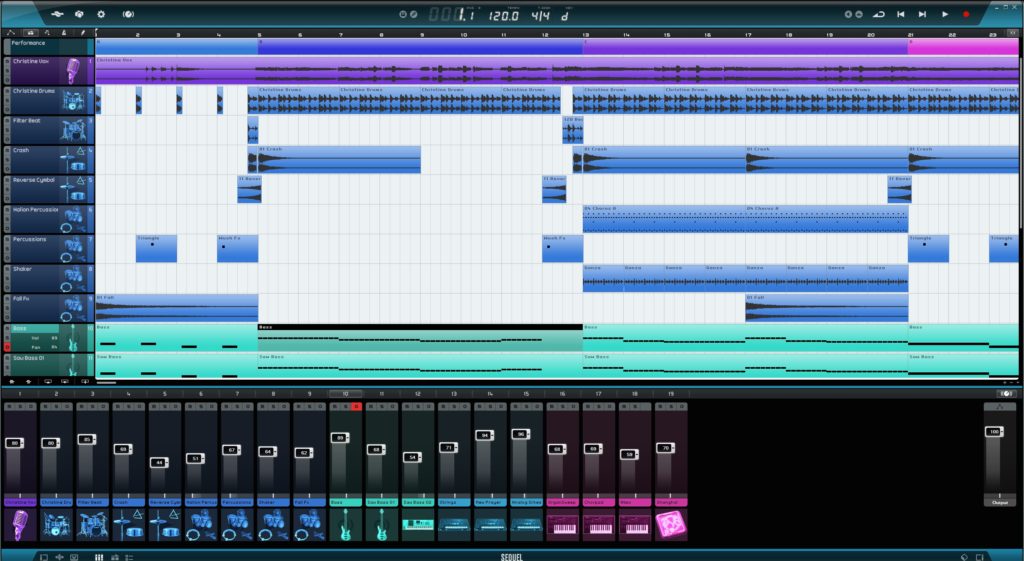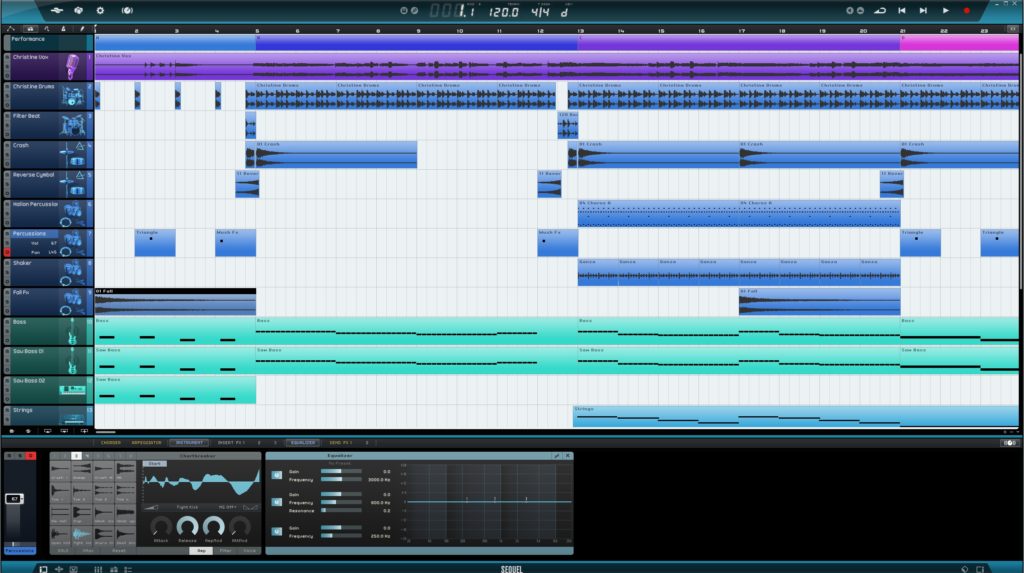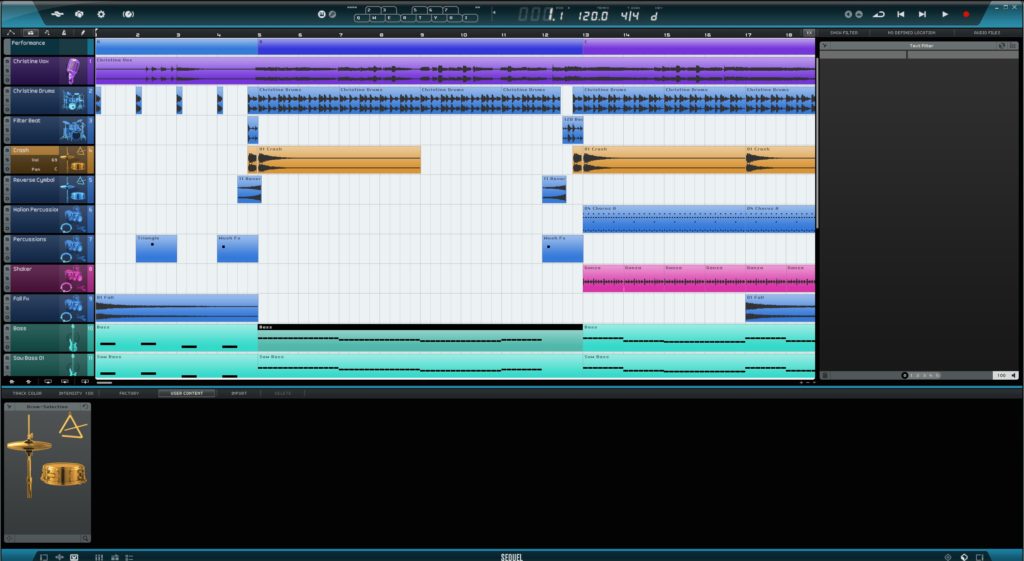Seeking to produce a competitor to Garage Band, Steinberg created an entry-level DAW with an amazing interface, then hamstrung it in an attempt to up-sell users to Cubase.
Sequel, an entry-level DAW from Steinberg, was one of the great teases of the music industry. With what I consider the easiest, most logical, and straightforward DAW interface ever designed, it was simply a joy to use as a composition tool. Cubase, Steinberg’s big daddy DAW, is as powerful as you’ll find, but using it is has never been joyous. Tedious is perhaps the word that comes to mind.

Indeed, the Sequel interface was so much more facile, that I was absolutely convinced Steinberg would adapt it for Cubase. It was elegant and simple, taking what I consider the best bits from programs such as Live, Studio One, etc. and refining them. Perhaps not the look, which was a bit tacky and now dated, but certainly the workflow and the visual simplicity.
Boy, was I wrong. Quite a few years down the line and Cubase, while much improved from the time that Sequel was released, still suffers from visual overload and odd workflows. I’m guessing that whomever designed the Sequel interface wasn’t actually from Steinberg. If they in fact were, I hope they quit and got a job with a more appreciative company.
Good as is
Even within its limited feature set, Sequel 3 was fine for light use and quick creative efforts. At least if you didn’t mind ending with an MP3 mixdown, or sending the project to Cubase, which was the only export format supported. I used Sequel for one song and loved it, but exporting to Cubase just to export the underlying MIDI and audio (aka stems)to another program was not something I was anxious to do on a regular basis.

The kicker for me was that Sequel didn’t allow third-party plug-ins. It utilized Steinberg-only plug-ins that are available in Cubase, but not in other DAWs. In the end, as Cubase is not my primary DAW, it all proved to be just too much of a hassle and I simply gave up.
Marketing trumps artistry
Basically, the export and VST features were omitted so that Steinberg could use Sequel to up-sell you to Cubase. The problem is that, unlike Apple up-selling from the free GarageBand to its $200 (a great deal) big brother Logic which are two versions of the same program, Sequel wasn’t free. Not only that, Cubase was like a distant, never-met cousin from another country in terms of workflow. No one who started DAW life with Sequel would be comfortable with Cubase.
The real issue here for me was that Sequel was Steinberg hamstringing a program I very much wanted to use, to the point where it was more hassle than it was worth. I wasn’t alone in my frustration. You could almost hear the sighs of regret in the reviews of the time; writers praised the program, then warned you off as it being a dead end.

Play marketing games, pay the price
The recent announcement that the Mac version of Sequel, being 32-bit, would not be updated for Catalina stirred my memory, as well as stoking my desire to once again comment on my disappointment with Sequel. I saw no buy button on Steinberg’s Web site for the program, so I’m assuming the program was already end of life.
In the end, consumers weren’t nearly as manipulable as Steinberg thought, and the company deserved Sequel’s lack of success. The program and those that created it certainly did not. Sequel should have been given a chance to stand on its own and grow. Shame.